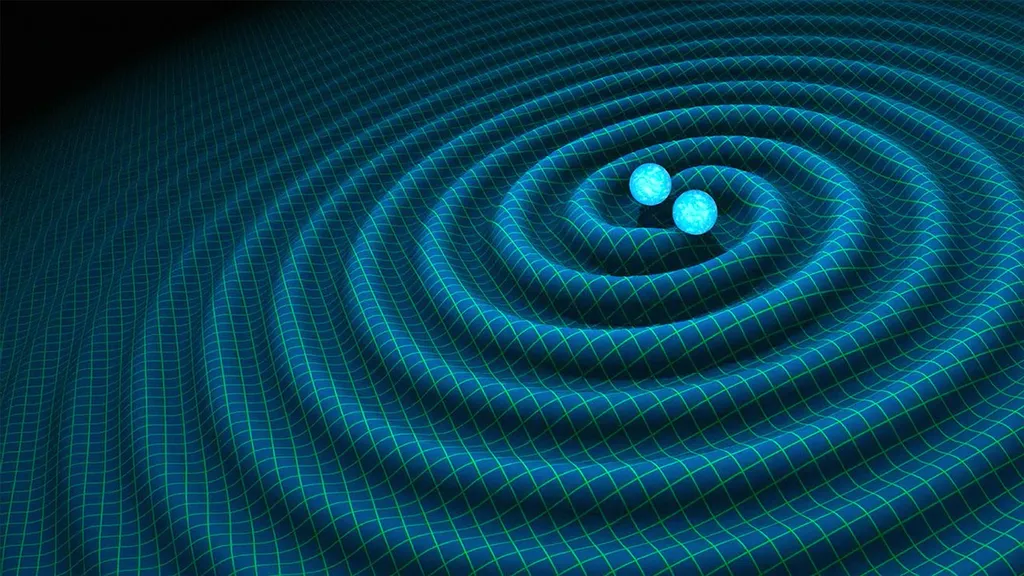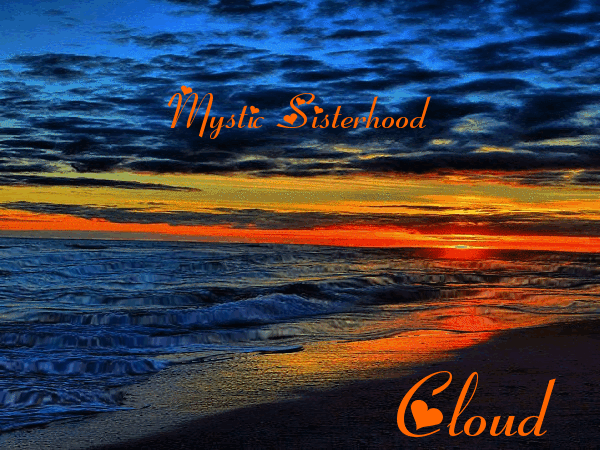Scientists have released the largest catalog of gravitational wave detections to date, shedding new light on interactions between the most massive objects in the universe, black holes and neutron stars.
The catalog was compiled by three groundbreaking detectors: the two Laser Interferometer Gravitational-Wave Observatory (LIGO) detectors located in Hanford, Washington, and Livingston, Louisiana, and the European Virgo gravitational wave antenna in Pisa, Italy.
The catalog contains 35 new gravitational wave events, ripples in spacetime predicted by Albert Einstein's theory of general relativity in 1916.
The latest batch of detections, made during a measurement campaign that began in November 2019 and ended abruptly in March 2020 due to the spread of COVID-19, brings the total number of gravitational wave events detected so far to 90.
Source
The catalog was compiled by three groundbreaking detectors: the two Laser Interferometer Gravitational-Wave Observatory (LIGO) detectors located in Hanford, Washington, and Livingston, Louisiana, and the European Virgo gravitational wave antenna in Pisa, Italy.
The catalog contains 35 new gravitational wave events, ripples in spacetime predicted by Albert Einstein's theory of general relativity in 1916.
The latest batch of detections, made during a measurement campaign that began in November 2019 and ended abruptly in March 2020 due to the spread of COVID-19, brings the total number of gravitational wave events detected so far to 90.
Source

























